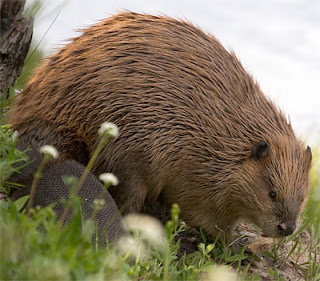1. a. homologous trait: four toes
Cat: The cat (Felis catus), also known as the domestic cat or housecat to distinguish it from other felines and felids, is a small furry domesticated carnivorous mammal that is valued by humans for its companionship and for its ability to hunt vermin and household pests. Cats have been associated with humans for at least 9,500 years, and are currently the most popular pet in the world. Owing to their close association with humans, cats are now found almost everywhere in the world. (Wikipedia)
Lion: The lion is a species of the genus Panthera and its closest relatives are the other species of this genus: the tiger, the jaguar, and the leopard. Until the late Pleistocene, about 10,000 years ago, the lion was the most widespread large land mammal after humans. (Wikipedia)
b. Homologous traits are those which species have in common because they have descended from a common ancestor. For instance, every species of cat has the homologous trait of possessing only four toes on its hind foot, because every member of the cat family descended from a common feline ancestor. The greater the number of such traits that two species share, the more closely they are related. A cat and a lion have more homologous traits between them than a cat and a human, for example—so cats and lions are more closely related, biologically.
c. Feline was the common ancestor of these two species
d. Lion, cat
2. a. analogous trait: incisor teeth
Beaver: The beaver (genus Castor) is a primarily nocturnal, large, semi-aquatic rodent. A beaver's teeth grow continuously so that they will not be worn down by chewing on wood. Their four incisors are composed of hard orange enamel on the front and a softer dentin on the back. The chisel-like ends of incisors are maintained by their self-sharpening wear pattern. (Wikipedia)
Elephant: Elephants are large land mammals in two genera of the family Elephantidae: Elephas and Loxodonta. Elephants' teeth are very different from those of most other mammals. Over their lives they usually have 28 teeth.The two upper second incisors: these are the tusks. Tusks in the lower jaw are also second incisors. These grew out large in Deinotherium and some mastodons, but in modern elephants they disappear early without erupting. (Wikipedia)
b. Consider the teeth of the beaver and the elephant. The gnawing front teeth of the beaver and the tusks of the elephants are both basically incisor teeth. While inherited in a basic form from an ancestor common to the beaver and the elephant, these teeth have been greatly modified by evolutionary mechanisms into the seemingly dissimilar teeth we see today in the beaver and the elephant.
c. I did not find common ancestor in my research.
d. Beaver, elephant



